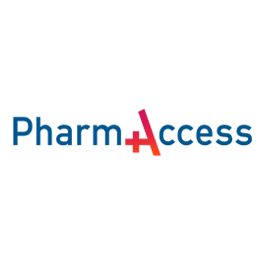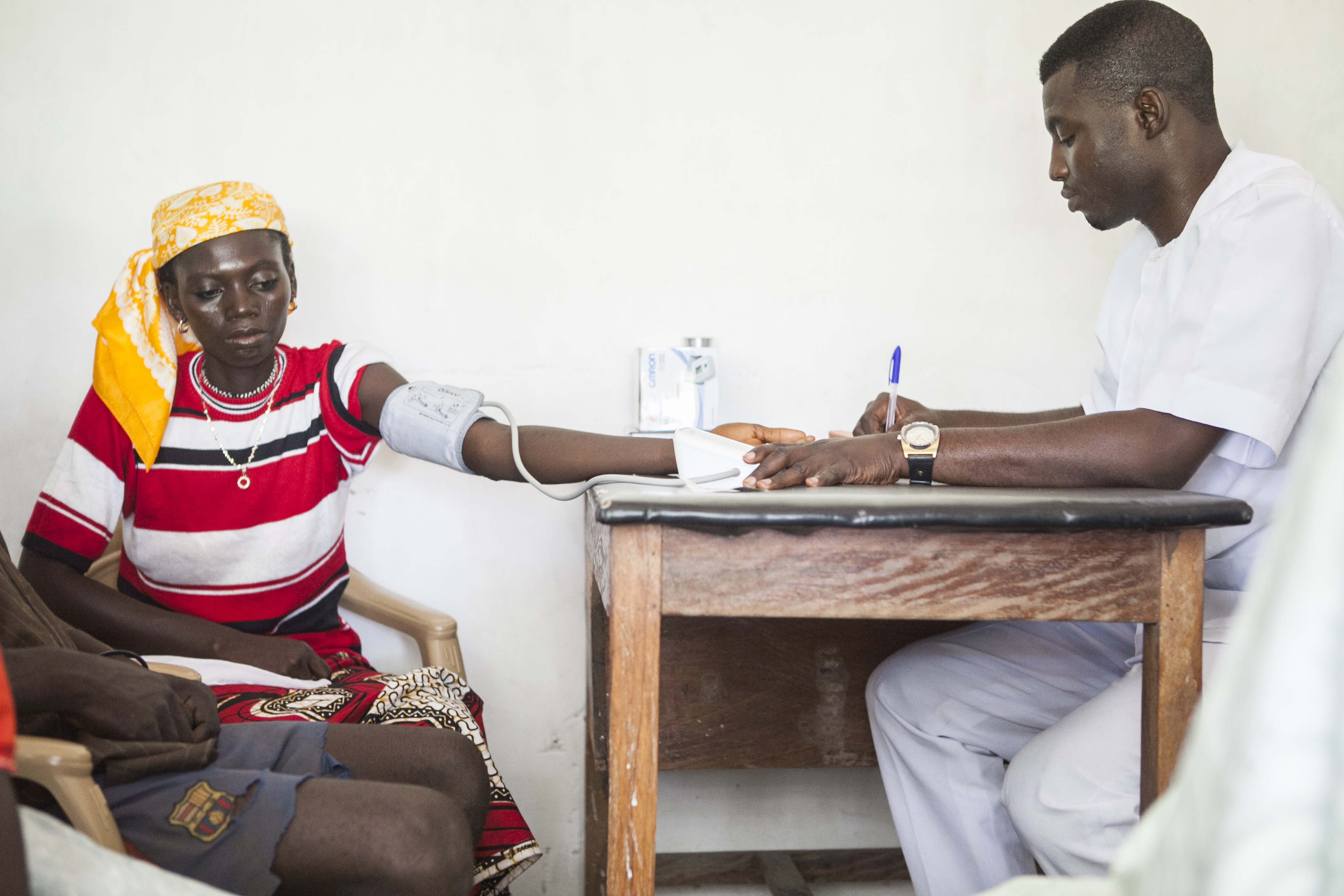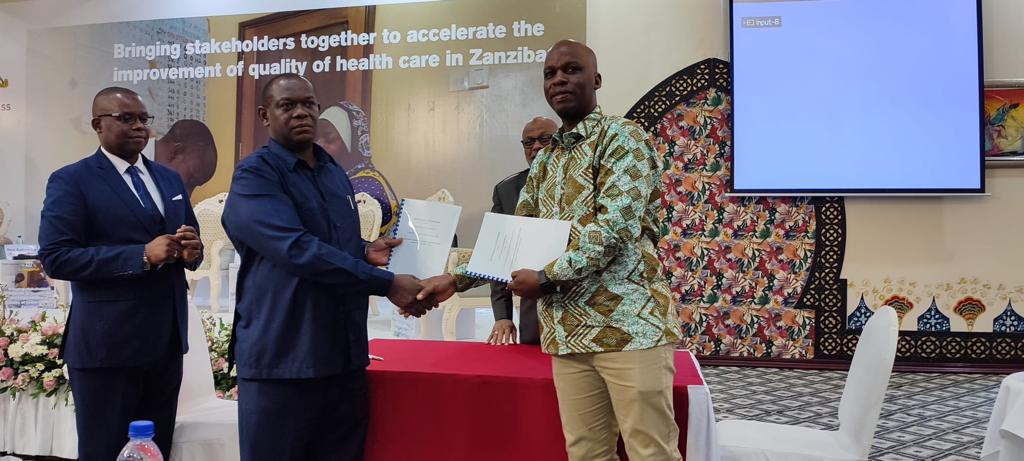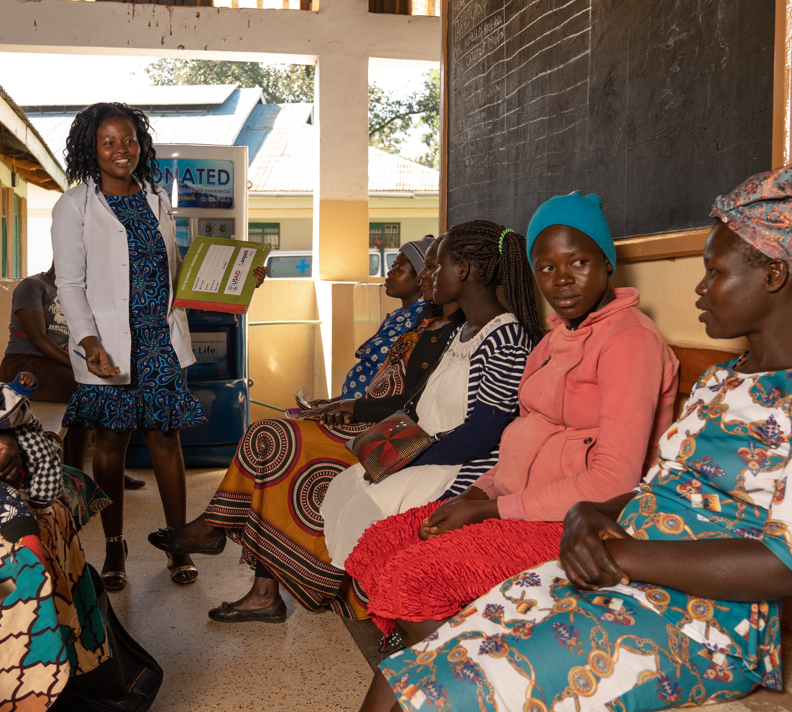Earlier PharmAccess research has demonstrated that insurance programs for low-income earners were effective in lowering blood pressure in rural Nigeria, however, the question remains: Is managing hypertension in this manner cost-effective?
On World Hypertension Day, we are pleased to present the first economic evaluation of hypertension treatment in sub-Saharan Africa to use empirically collected data on population risk distributions, cost of care, treatment coverage and blood pressure reduction after treatment. In addition, it is the first study to incorporate the costs of setting up and managing a service delivery model that provides access to care for patients.
These treatment simulation models demonstrate that despite higher costs, treating hypertension can result in cost-effective health gains (the areas that fall below the yellow line on the graph).
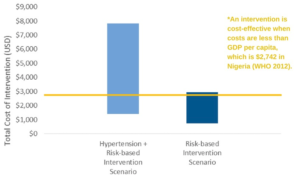
Further results: Generally speaking, the Hypertension + Risk-based Intervention Scenario resulted in the highest number of prevented cardiovascular events (in part because the sample included a larger number of people receiving treatment). The aforementioned scenario resulted in a 3-8% reduction in stroke events and a 2-6% reduction in heart disease. Comparatively, the Risk-based Intervention Scenario resulted in a 2-3% reduction in stroke events and 2-4% reduction in heart disease.
Discover more results from the full study published in PLOS ONE.
